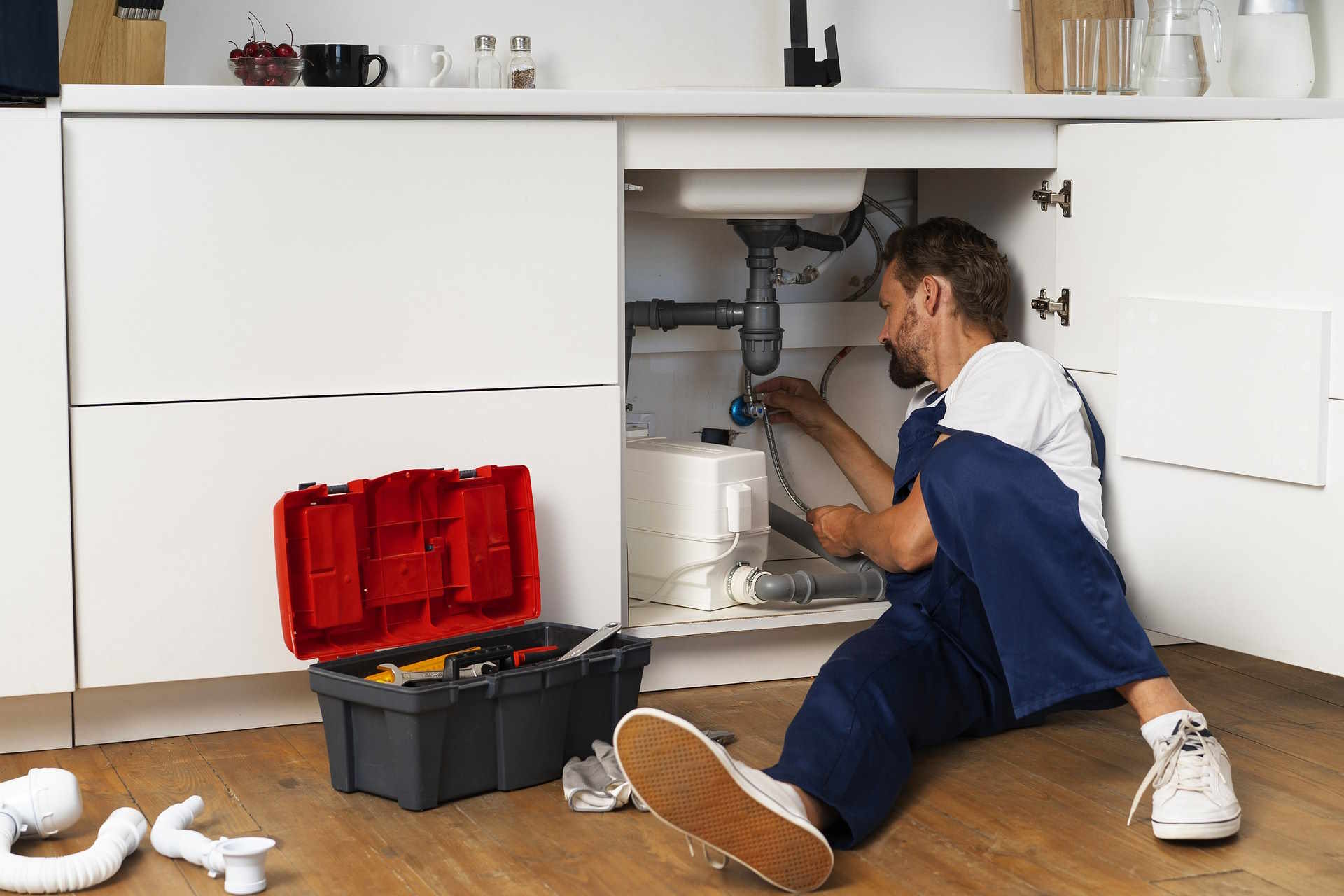Factors That Affect Plumbing Service Pricing
Understanding what influences the cost of plumbing services can help homeowners budget appropriately and avoid unexpected expenses. Plumbing repairs and installations vary widely in price depending on numerous factors, from the complexity of the job to the time of day the service is needed. This comprehensive guide breaks down the key elements that determine how much you'll pay when hiring a professional plumber for your home or business.

What Determines Basic Plumbing Service Costs?
The foundation of plumbing service pricing starts with several fundamental factors. First is the type of service needed—routine maintenance typically costs less than emergency repairs or complex installations. Labor costs form a significant portion of any plumbing bill, with most professionals charging either an hourly rate or a flat fee depending on the job. The average hourly rate for plumbers ranges from $45 to $200, depending on experience level and location.
Geographic location substantially impacts pricing as well. Urban areas with higher costs of living generally have higher plumbing rates than rural regions. For instance, plumbing services in metropolitan areas like New York or San Francisco may cost 30-40% more than the same services in smaller towns. Additionally, plumbers factor in their overhead costs, including insurance, licensing fees, vehicle maintenance, and tools, which all contribute to the final price presented to customers.
How Do Emergency and Timing Factors Influence Plumbing Prices?
Emergency plumbing services almost always command premium pricing. After-hours calls, weekend visits, and holiday service typically incur surcharges ranging from 1.5 to 3 times the standard rate. This price difference reflects the disruption to the plumber’s schedule and the immediate response required. Many plumbing companies maintain 24/7 emergency crews specifically for these situations, which adds to their operational costs.
Seasonal timing can also affect pricing. During peak seasons—often winter when pipes are more likely to freeze and burst, or early spring when heavy rains can cause flooding issues—plumbers experience higher demand. This increased workload may result in higher rates or longer wait times for non-emergency services. Scheduling routine maintenance during off-peak seasons can sometimes result in better availability and potentially lower costs.
What Role Does Project Complexity Play in Determining Plumbing Costs?
The complexity of a plumbing job significantly impacts its final cost. Simple fixes like unclogging a drain or replacing a faucet require minimal time and materials, keeping costs relatively low. In contrast, complex projects such as repiping an entire home, installing new sewer lines, or completely renovating a bathroom plumbing system involve extensive labor, specialized equipment, and more expensive materials.
Accessibility issues further complicate pricing. When plumbers need to access pipes behind walls, under concrete slabs, or in crawl spaces, the job becomes more labor-intensive and time-consuming. These accessibility challenges often require additional tools, protective equipment, and sometimes even supplemental workers, all of which increase the final bill. Similarly, older homes may have outdated plumbing systems with non-standard pipe sizes or materials, requiring custom solutions that add to the overall expense.
How Do Materials and Parts Impact Your Plumbing Bill?
The quality and type of materials used in plumbing work create significant cost variations. Standard fixtures and basic materials cost less initially but may not offer the same durability or performance as premium options. For example, a basic bathroom faucet might cost $50-$100, while a high-end model with premium finishes and features could range from $200 to over $500.
Pipe materials also vary widely in price: PEX piping generally costs less than copper, while specialized materials for specific applications can be substantially more expensive. When replacing older systems, compatibility issues might require additional fittings or adapters, further increasing material costs. Most plumbers add a markup to materials—typically 20-50% above wholesale cost—to cover procurement, storage, and handling expenses.
Why Do Plumber Qualifications and Company Size Matter for Pricing?
A plumber’s experience level, certifications, and specializations directly affect their rate structure. Master plumbers with extensive experience and advanced certifications typically command higher rates than journeymen or apprentices. These higher rates often reflect greater expertise, efficiency, and the ability to handle complex problems that less experienced plumbers might struggle with.
Company size also plays a role in pricing strategies. Large plumbing companies have higher overhead costs for administrative staff, multiple service vehicles, extensive marketing, and larger facilities. They may charge more than smaller operations but might offer faster response times, more comprehensive service guarantees, or more specialized equipment. Independent plumbers or small local companies typically have lower overhead costs and may offer more competitive rates, though they might have limited availability during busy periods.
Real-World Plumbing Service Cost Comparison
Understanding actual pricing helps with budgeting for plumbing services. Below is a comparison of typical services and their approximate costs from different provider types:
| Service Type | National Chain | Local Company | Independent Plumber |
|---|---|---|---|
| Drain Clearing | $100-$275 | $80-$250 | $75-$200 |
| Faucet Replacement | $175-$350 | $150-$300 | $125-$275 |
| Toilet Installation | $275-$450 | $225-$400 | $200-$375 |
| Water Heater Replacement | $900-$1,800 | $800-$1,600 | $750-$1,500 |
| Sewer Line Repair | $2,500-$5,000 | $2,000-$4,500 | $1,800-$4,000 |
| Complete House Repiping | $4,000-$15,000 | $3,500-$12,000 | $3,000-$10,000 |
Prices, rates, or cost estimates mentioned in this article are based on the latest available information but may change over time. Independent research is advised before making financial decisions.
How Location and Local Regulations Affect Plumbing Service Pricing
Geographic location affects plumbing costs beyond just regional cost-of-living differences. Local building codes and permit requirements vary significantly between municipalities, potentially adding considerable expenses to plumbing projects. In some areas, even simple replacements may require permits costing anywhere from $50 to several hundred dollars.
Water pressure and quality in your location can also influence pricing. Areas with hard water often experience more plumbing issues and may require specialized solutions like water softeners or filtration systems. Similarly, regions with high water pressure might need pressure-reducing valves to prevent damage to plumbing systems. These location-specific requirements add to both material and labor costs, making identical jobs more expensive in certain areas even beyond the standard cost-of-living adjustments.
Understanding these various factors helps homeowners anticipate plumbing costs more accurately and make informed decisions when hiring plumbing professionals. By recognizing what drives pricing, consumers can better evaluate quotes, plan for expenses, and determine when premium services might be worth the additional investment.




